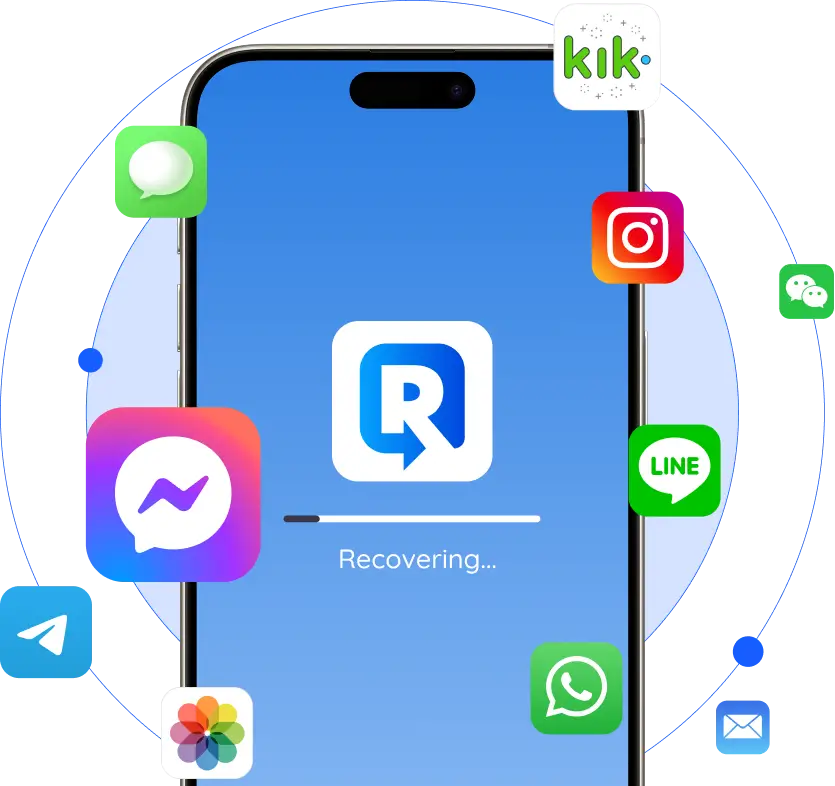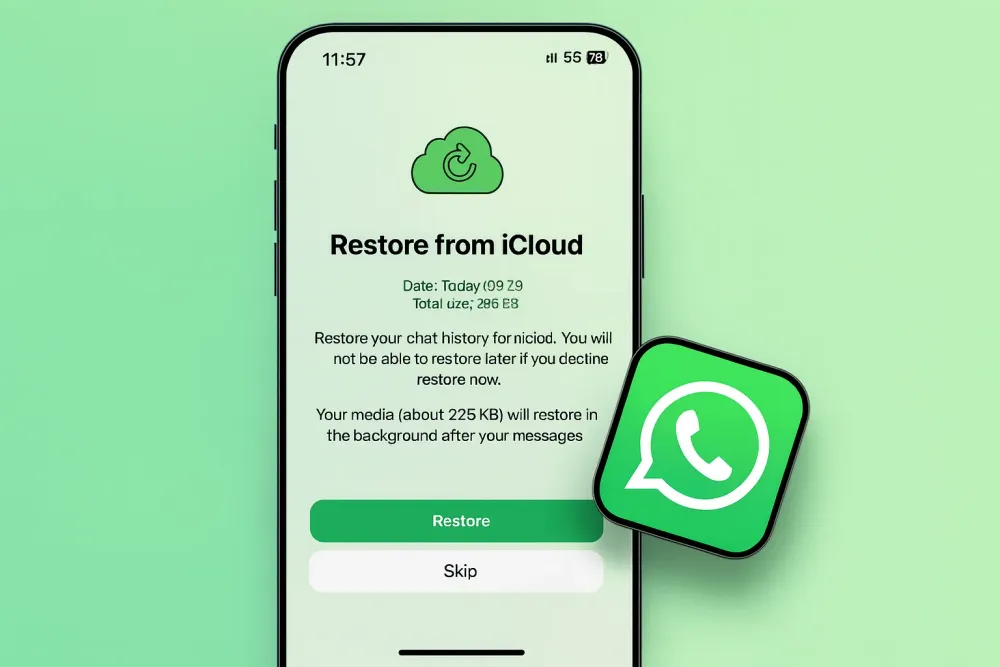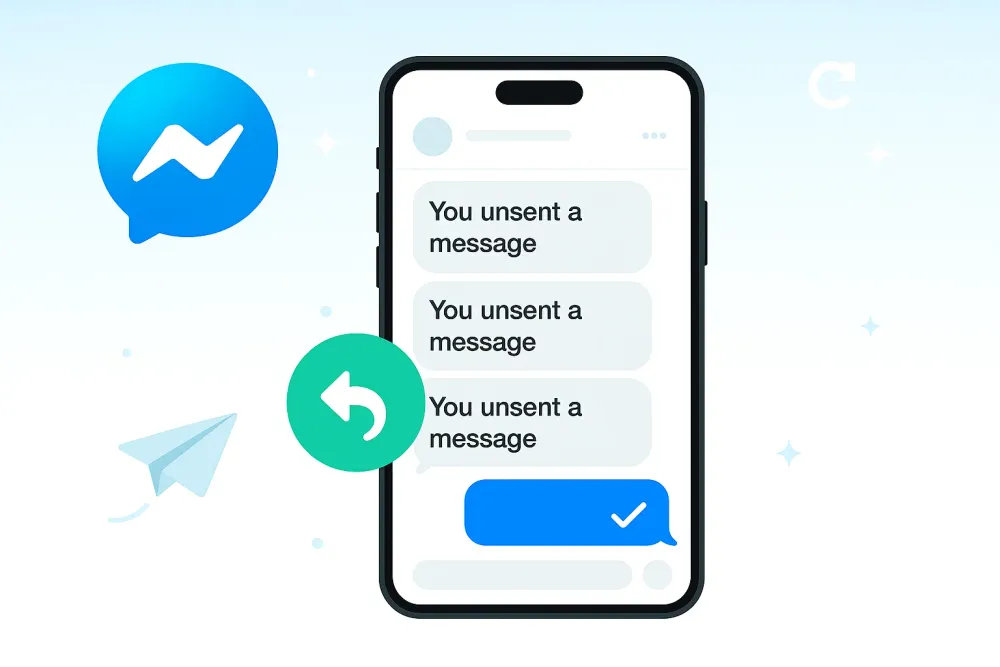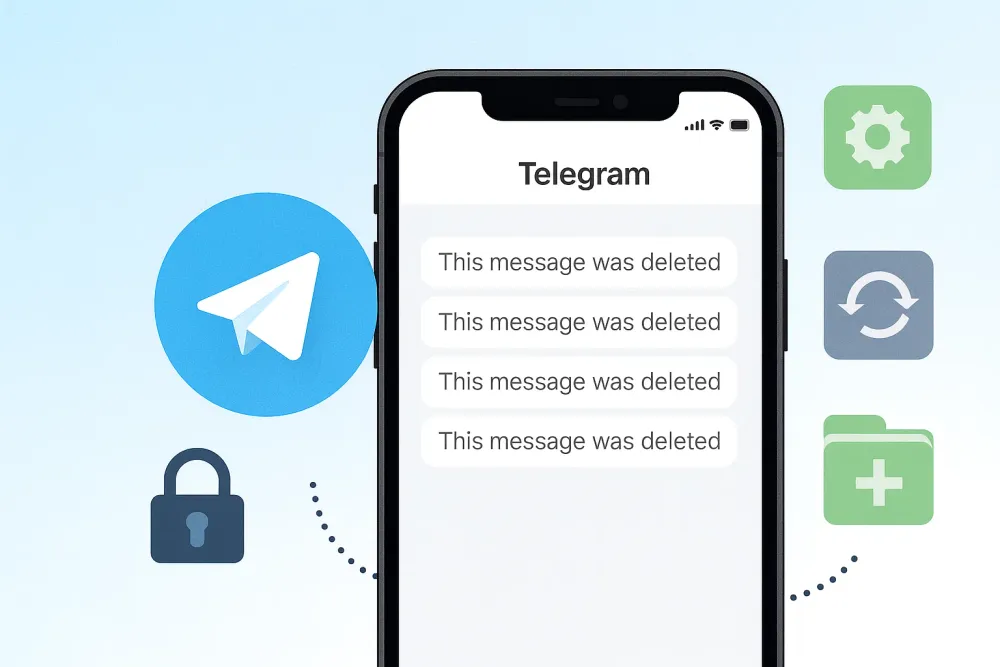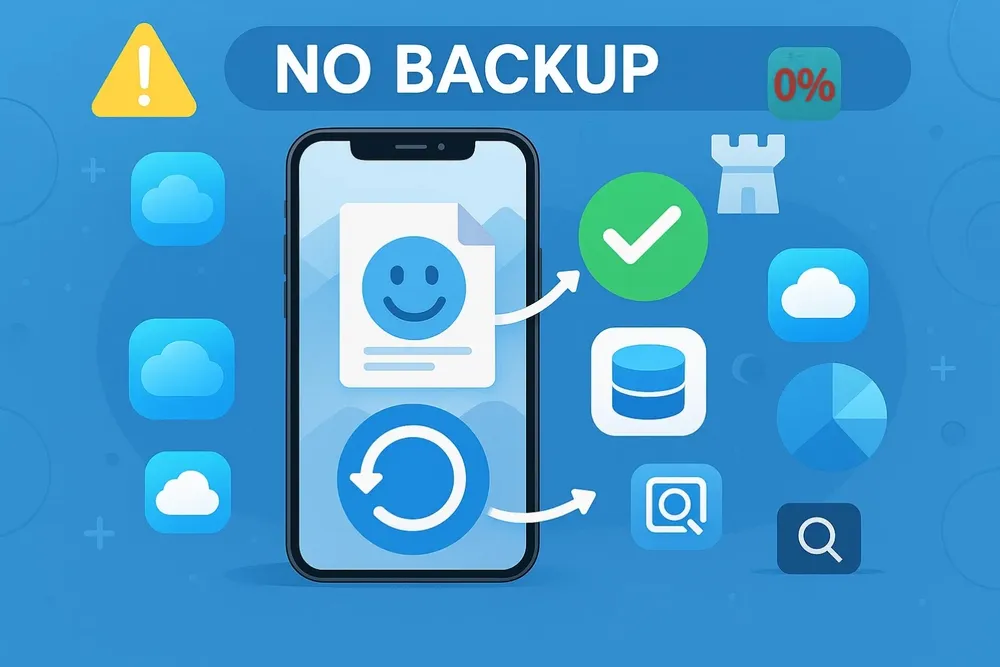Quick Summary
FaceTime Recovery Methods Revealed
Recovering deleted FaceTime call logs requires a backup file — either from iCloud or a computer backup made with iTunes, Finder, or Apple Devices app.
You can’t recover deleted FaceTime calls by connecting your iPhone to an "iPhone storage viewer" or any recovery tool anymore. Apple’s new data storage system only gives access to the data that’s currently on your device, not what’s been deleted.
When you accidentally delete FaceTime calls, here’s what you can do:
If you’ve made a computer backup before:
use Method3️⃣ – Recover from Computer Backup, and choose the backup made closest to the time before the calls were deleted.
If you haven’t made a manual backup:
try Method1️⃣ - Recover from iCloud Backup, which is created automatically every night, or use Method2️⃣ - Gbyte Recovery, which can find deleted FaceTime logs even if your iCloud backup has been overwritten.
Recover Deleted FaceTime Call Logs From iCloud Backup (iPhone/iPad)
This is the official Apple method for restoring any deleted data. It doesn’t just recover FaceTime call logs, it also restores your phone settings, messages and other data saved in that backup.
Before you use this method to recover deleted FaceTime calls, here’s what you should know:
Your entire iPhone will be restored to the state it was in when that backup was created. Any new data added after that backup will be lost. For this reason, we recommend using an older or spare iPhone to complete the process.
You can’t see what’s inside the backup before restoring it (unless you use Gbyte Recovery). If the backup you choose was made after the FaceTime calls were deleted, those logs will be overwritten and gone permanently.
Step 1. Erase Your iPhone
Go to Settings > General > Transfer or Reset iPhone > Erase All Content and Settings.
This will prepare a blank device for restoring from a previous backup.
Step 2. Restore from iCloud Backup
When your iPhone restarts, follow the onscreen setup instructions until you reach the Apps & Data screen.
Tap Restore from iCloud Backup, then sign in with your Apple ID.
Choose the backup you want to restore, ideally one made before your FaceTime calls were deleted. Then start the restore process.
Step 3. Check Your FaceTime Call Logs
After the restore completes, open the FaceTime app and check the Recent Calls list to see if your deleted call logs have been recovered.
Recover Deleted FaceTime Call Logs From Gbyte Recovery
Gbyte Recovery is an industry-leading iPhone data recovery tool that helps you find deep and hidden iCloud data that the official recovery methods can’t access. You can use it to recover FaceTime call logs from months ago, even if they’ve been overwritten by new data. And best of all, it works without resetting your iPhone.
Here’s how to do it in just three simple steps:
Step 1. Download and install Gbyte Recovery on your computer, or open its mobile web version.
Step 2. On the data type selection screen, choose “FaceTime.” This will focus the scan on FaceTime call data in your iCloud backup. You can also select other types, like Messages, Calls, or Photos to recover them at the same time.
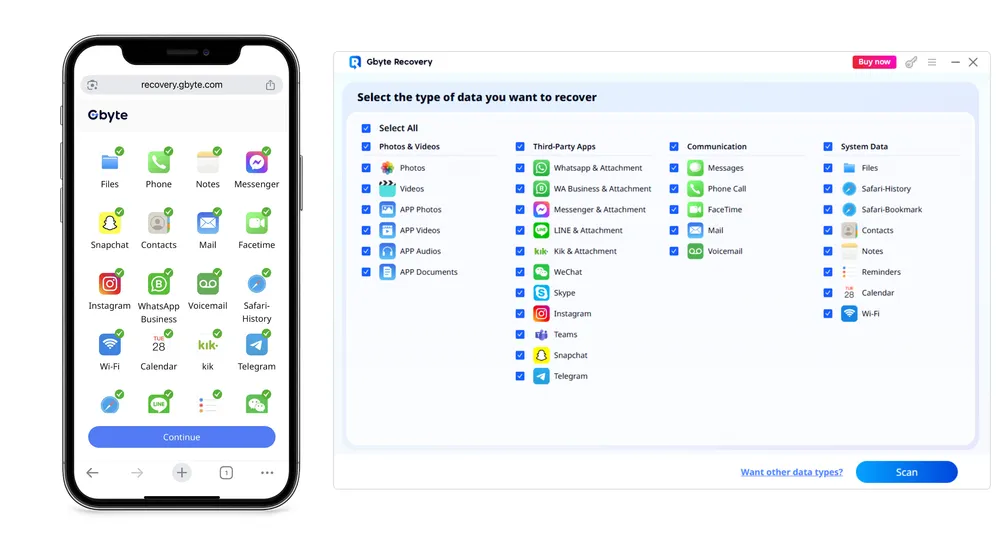
Step 3. Once the scan is complete, preview the results, select the FaceTime logs you want to restore, and click Restore to save them directly to your computer or iPhone.
Gbyte Recovery vs. iCloud Backup: What Makes It Better
When it comes to recovering deleted FaceTime call logs, both iCloud Backup and Gbyte Recovery can help — but they work very differently. Here’s how Gbyte Recovery gives you more control and flexibility:
Feature | iCloud Backup | Gbyte Recovery |
Preview Before Restore | ❌ No — you can’t see what’s inside until after you restore | ✅ Yes — preview FaceTime logs, messages, and more before recovery |
Data Overwrite Risk | ⚠️ High — restoring replaces your current data with the backup version | ✅ Low — recover specific items without affecting existing data |
Need to Reset iPhone | ✅ Yes, requires full device reset | ❌ No, keeps your current data safe |
Access to Hidden or Overwritten Data | ❌ Not supported | ✅ Can recover data overwritten by new backups |
Recovery Flexibility | Limited to full-device restore | Selective — choose only FaceTime, messages, or other data types |
Ease of Use | Moderate — requires erase and setup steps | Simple — three steps, no reset required |
If you only need to recover deleted FaceTime call logs or want to avoid resetting your phone, Gbyte Recovery is the safer and faster choice. It gives you access to hidden, older, and overwritten data that iCloud can’t show.
Recover Deleted FaceTime Call Logs From Computer Backup (Mac/Windows PC)
If you’ve previously backed up your iPhone to a computer, you can restore that backup to recover your deleted FaceTime call logs. This method works through Finder (on macOS Catalina or later) or iTunes (on Windows and older macOS versions).
However, just like restoring from an iCloud Backup, this process will overwrite everything on your iPhone with the data from the selected backup.
On Mac (Finder)
Step 1. Connect your iPhone to your Mac with a USB cable.
Step 2. Open Finder, then select your iPhone under Locations in the sidebar.
Step 3. In the General tab, click Restore Backup.
Step 4. Choose the backup made before your FaceTime calls were deleted, then click Restore to start the process.
On Windows (iTunes)
Step 1. Connect your iPhone to your computer using a USB cable.
Step 2. Open iTunes and click the iPhone icon in the top-left corner.
Step 3. Under the Summary tab, click Restore Backup.
Step 4. Select the backup you want to restore (preferably created before the FaceTime calls were deleted), and click Restore.
Once the process is complete, open the FaceTime app and check your Recent Calls list to see if your deleted call logs have been restored.
Conclusion
Data recovery isn’t magic, it’s technology. Successful recovery always depends on having something to work with, such as a backup file or readable storage that can be analyzed to locate deleted items.
The challenge is that many people aren’t fully prepared for recovery. Maybe iCloud sync was turned off, or no computer backup was ever made. And because of Apple’s strict privacy design, it’s no longer possible for software to deeply scan iPhone storage. That’s why you shouldn’t expect any "plug-in USB tool" to magically find everything that’s been deleted.
Gbyte Recovery’s real advantage lies in unlocking the full potential of your iCloud backups — revealing hidden or overwritten data inside them. However, even the best tool can’t recover data without a backup to begin with.
Still, the most effective way to protect your FaceTime history and all your important data, is prevention. Make it a habit to back up your iPhone regularly, especially to your computer. A few minutes spent creating a backup today can save you from losing something valuable tomorrow.
